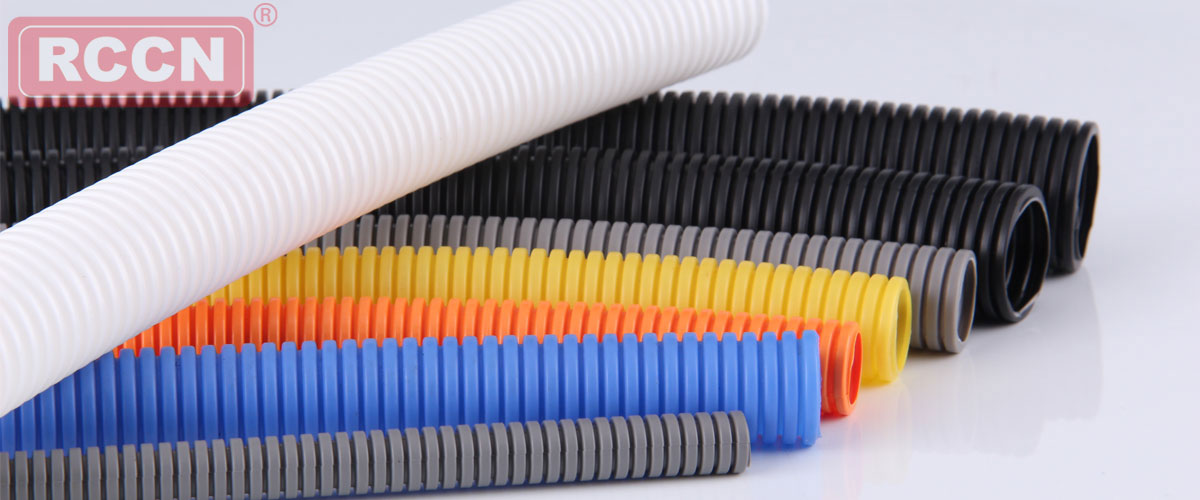The bellows refers to a tubular elastic sensing member that is connected in a folding and contracting direction by a foldable crepe sheet. Bellows are widely used in instrumentation and are mainly used as measuring elements of pressure measuring instruments to convert pressure into displacement or force. The wall of the bellows is thinner and has a high sensitivity. The measuring range is from tens of Pa to tens of MPa. Its open end is fixed, the sealed end is free, and the auxiliary coil spring or reed is used to increase the elasticity. During operation, it is elongated along the length of the tube under the action of internal pressure, so that the movable end generates a displacement in a certain relationship with the pressure. The active end drives the pointer to directly indicate the pressure. Bellows are often combined with displacement sensors to form a pressure sensor that outputs electricity, sometimes as an isolation element. Since the bellows stretch requires a large volume change, its response speed is lower than that of the Bourdon tube. The bellows is suitable for measuring low pressure.
The bellows mainly includes metal bellows, bellows expansion joints, corrugated heat exchange tubes, diaphragm bellows and metal hoses. Metal bellows is mainly used to compensate for thermal deformation, shock absorption, and absorption line deformation of pipelines. It is widely used in petrochemical, instrumentation, aerospace, automotive, marine, motor train, chemical, electric power, cement, metallurgy and other industries. Other materials such as plastic bellows have an irreplaceable role in media transportation, power threading, machine tools, and home appliances.
















 RCCN WeChat QrCode
RCCN WeChat QrCode Mobile WebSite
Mobile WebSite